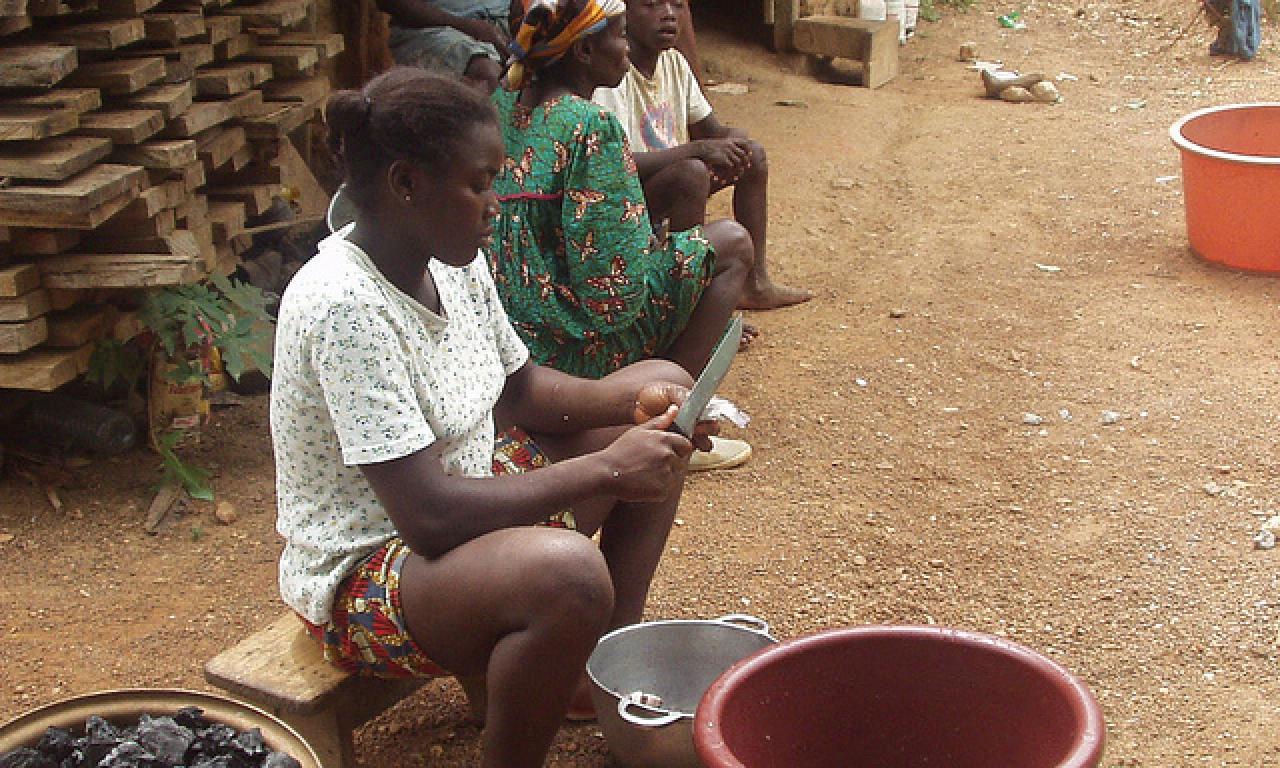
The recent World Bank report on future supply and demand for fish deserves attention and applause. It represents a laudable effort to explore how the economics of fish supply and fish demand interact and how increasing incomes and population growth will drive change. While the authors are rightly cautious about over-interpreting their findings, their results provide some arresting glimpses of what the future might hold.
Recommended publications
- Fish trade in Africa: its characteristics, role and importance
- African aquaculture: realizing the potential
Predictions for the future for our fish supplies should make us act
The recent World Bank report on future supply and demand for fish deserves attention and applause. It represents a laudable effort to explore how the economics of fish supply and fish demand interact and how increasing incomes and population growth will drive change. While the authors are rightly cautious about over-interpreting their findings, their results provide some arresting glimpses of what the future might hold.
The future for sub-Saharan Africa is especially disturbing. Under baseline assumptions, per capita supply in Africa is predicted to fall from a current 6.8kg per person per year to 5.6kg in 2030. In contrast, the global average will rise from 17.2kg to 18.3kg per person per year.
The UK guideline is to eat around two 140g portions of fish per week. This corresponds to about 14.5 kg per person per year. So the simple fact is that, if fish is to be an adequate part of a balanced, nutritious diet for Africans, even the current 6.8 kg per person per year is inadequate. The prospect of a decline may have tragic consequences.
An additional concern for sub-Saharan Africa is that an increasing proportion of the fish for consumption will have to come from imports. This is because indigenous production growth is projected to be only 4.5% compared to the world average of 23.6%. This increased reliance on imports will make African countries much more vulnerable to shocks in global markets.
Of course, these are only projections. But they do represent a plausible future for us to think about. The important question is what can we do to change that future?
1. Sustain and enhance wild capture fisheries
There is no doubt that the bulk of any increased fish production in Africa will need to come from aquaculture. Globally aquaculture production will increase 47% by 2030, compared with a modest 3% for wild fisheries. By 2030, about half the fish we produce will be farmed. But, under current projections, only about 8% will be farmed in sub-Saharan Africa. This makes two things important: sustaining the base supply from wild fisheries and making better use of the fish we catch.
Reforming fisheries to sustain supplies will be challenging. It will depend on continued investment in reform efforts, especially in the small-scale fisheries sector. If we get it right, we can expect moderate increases in supply. To make better use of the fish we catch will also require investment. Among other things, that means enhancing cold chains, storage and preservation to reduce waste and improving market access.
2. Support aquaculture growth in Africa
The potential for aquaculture in Africa is enormous. Aquaculture as a household livelihood activity can be found in many sub-Saharan countries yet, it contributes little to overall national needs. For a few countries, however, this situation is changing. In Nigeria and Ghana, for example, we are now seeing rapid production growth by small and medium enterprises that are serving large urban markets. Helping aquaculture growth in these circumstances will be key to ensuring production increases at scale.
While aquaculture enterprises supplying large urban markets will primarily serve high and middle income consumers, supplying these markets can lead to substitution effects that increase availability and affordability and reduce prices for lower value fish products. In Egypt, for example, where we have seen spectacular aquaculture growth, tilapia is now the least expensive animal source food available and an important element of the diets of many poor people.
Key to sustaining aquaculture growth will be the availability of quality inputs and support services. While small and medium enterprises will dominate the sector, supporting the establishment of larger-scale aquaculture producers is also important. These can be vital for achieving the scale needed to justify investing in well-managed hatcheries and fish feed production facilities.
Deciding how best to support aquaculture growth will require systematic analysis of input and production value chains and the enabling policy environment in specific countries. These analyses need to identify the constraints and opportunities for the private sector and where government support is needed to remove roadblocks.
The Fish to 2030 report tells us that producing enough fish to feed sub-Saharan Africa will be challenging. Simply relying on increased imports and current positive trends in aquaculture growth on the continent will be insufficient. We need to act now to re-double our efforts if we are to provide enough fish to feed the continent that needs it most.
“The future depends on what you do today.” ― Mahatma Gandhi